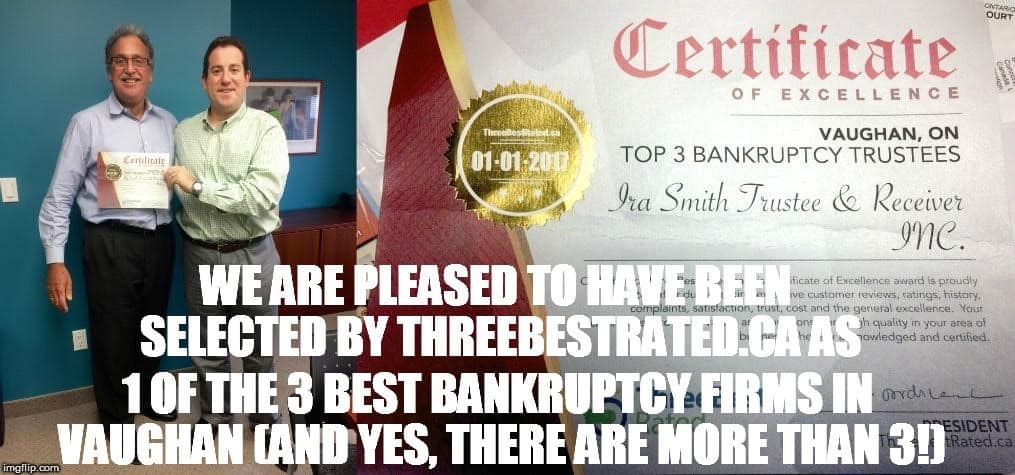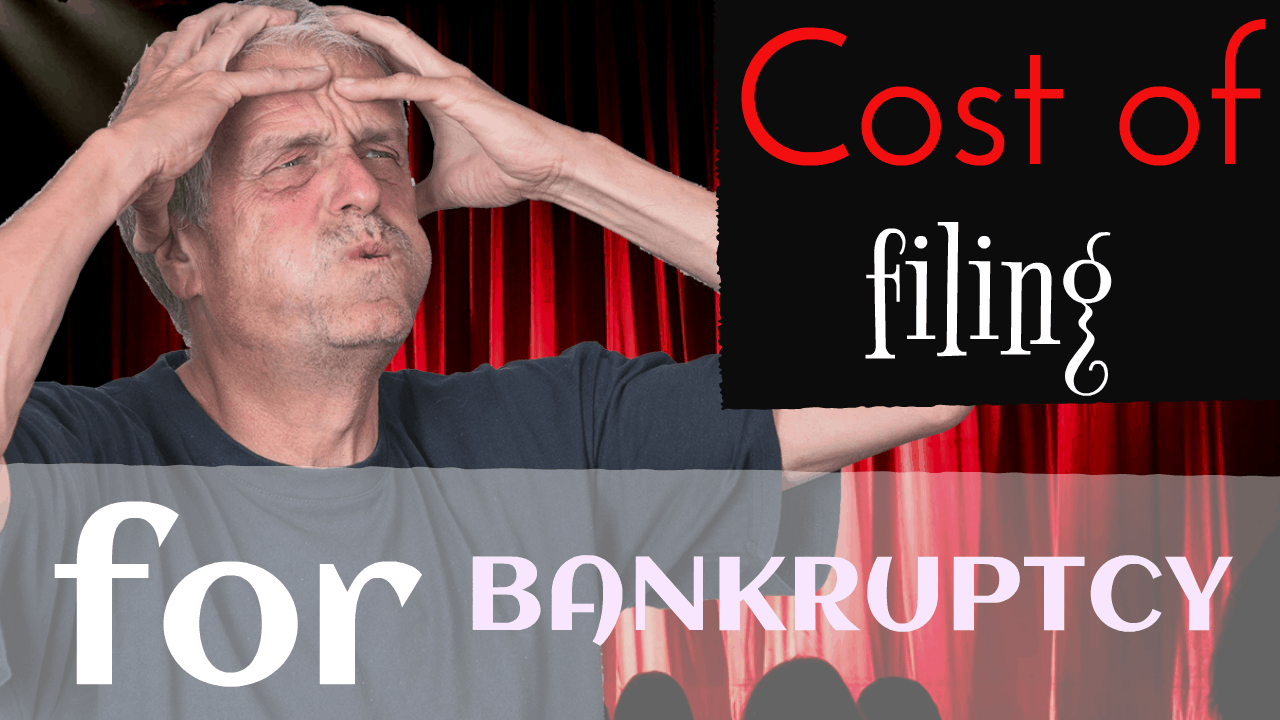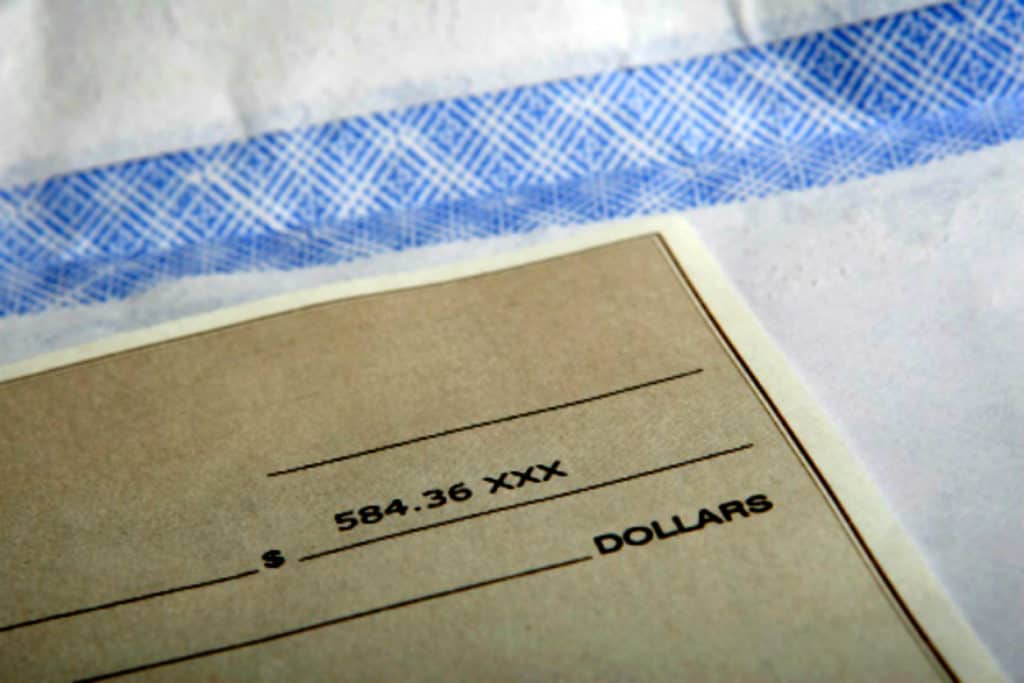
Holiday spending mistakes in Canada: Introduction
Other than for some last-minute small items, your holiday spending is complete. The credit card bills will arrive next month. You will soon find out if you made any holiday spending mistakes in Canada.
Maybe you overspent and will now have too much debt you won’t be able to repay. Perhaps you spent wisely, but it will put you over the top given your current debt level. Regardless, you now need to know how to help yourself financially from holiday spending mistakes in Canada.
Holiday spending mistakes in Canada: You are not alone being in debt
Are you fighting financial threats daily? Do you wish you could unlock how to help yourself financially? If so, you are not alone. Lots of Canadians have fought the good fight to barely survive. There have been many articles in the media of the dangers of living with way too much debt. Many Canadians are living paycheque to paycheque.
The Bank of Canada has warned Canadians for years now. With the rate of interest having been so reduced, Canadians have taken on much debt. Now interest rates are beginning to rise. You have to know how to help yourself financially, so that you will not only be able to make your minimum payments, but you will also be able to start reducing your debt. Your holiday spending mistakes has now increased the pressure on you. I do not want to see anyone living this way.
Holiday spending mistakes in Canada: Who this information will help
You know you have debt troubles and this information will help if you:
- often pay expenses after the date they are due;
- on a regular basis write cheques that don’t clear your bank;
- use room from one charge card to get a cash advance to pay the minimum due on a different card;
- get telephone calls from a debt collector;
- routinely ask pals or relatives for money;
- utilities are threatening to cut you off;
- cannot live to a balanced budget based on your current family income;
- need to take a second job just to meet normal daily living expenses;
Holiday spending mistakes in Canada: Statistics Canada reporting
Statistics Canada reported that on average, at the end of 2016, Canadian families have a debt-to-income ratio of $1.67 for each dollar of after-tax revenue. At the end of the second quarter of 2017, they report that the ratio has risen to $1.68. Although Canadians’ net worth is also rising, primarily due to rising housing prices. So now housing prices have dropped, yet the debt remains.
If this sounds like how you have lived, then you need to take corrective action now from your holiday spending mistakes before it is too late. Bankruptcy should not be your first option. There are bankruptcy alternatives which include credit counselling, debt consolidation and a consumer proposal.

Holiday spending mistakes in Canada: Our 12 secrets on how to help yourself financially
If you are living in a debt threatening zone, it is currently the time to act to turn things around. Consider the following 12 secrets to stop your debt from spiralling out of control.
- Safeguard Your Health – Make sure that you are taking good care of yourself and your health, both physical and mental. You won’t be any good to yourself or your family if you are ill.
- Don’t Talk Yourself Out of What You’re Worth – Don’t put up with the things as they are of your job without seeking out new opportunities. Don’t sell yourself short. Make sure you understand if there are opportunities awaiting you that will pay you more than you are currently earning. Stay current on your marketable skills.
- Keep It Simple – Don’t over-complicate things. Don’t get involved with difficult payment plans. Put yourself in a position where if you need an essential item, you can pay for it. Don’t get sucked in by sexy advertisements for things that have long-term payment plans.
- Give to Your Future Before Giving to Others – There are many worthwhile causes that clamour for our money. Make sure your own house is in financial order before you give to others. Volunteer your time and not your money. You will find it very rewarding and you will be helping both yourself and others at the same time. Just say no to relatives and friends who ask you for money, until you have no debt yourself.
- Make Savings Automatic – Otherwise known as pay yourself first. Set up a special bank account and have the same percentage hived off of your paycheque every payday. Do not touch the funds in that special bank account, until you have enough money to invest in a safe investment. Have this money work for you over and over.
- Control Your Impulse Spending – Make sure that you have a monthly budget and follow it. Your budget should account for all your necessary living expenses for you and your family AND allow the percentage you are hiving off each pay period for your investment savings account. If there is anything left over, this balance should be used for debt reduction. Don’t buy on impulse as you will regret it.
- Evaluate Your Expenses, and live frugally – We can all get by on less than we think. This ties back into your budget. Make sure that your necessities of life and your regular payday savings are all accounted for. By cutting out expensive daily coffee drinks and other non-essential items, you will be surprised how much you will have leftover for debt reduction.
- Invest In Your Future – Upgrade your skillset. Take a course that will make you more marketable. Make room in your budget for this type of expense, as it will generate more income for you for the long-term future.
- Keep Your Family Secure – Involve your entire family in the family budget process. Everyone needs to be on the same page and working towards the same goals. Meet regularly to go over your real performance as compared to budget. When everyone knows the plan is working, they will all feel secure and try even harder.
- Eliminate And Avoid Debt – Make sure that you are not taking on any new debt. Use budgeting to make sure that you allow a certain amount out of your monthly budget for paying down debt. Even small amounts add up over time. You will see and feel the difference it makes in your life.
- Use The Envelope System – Set up a separate envelope for each of your weekly necessities, based on your budget. Only take out enough cash for those amounts and place the right amount of cash in each envelope. Do not use credit cards to pay for the necessities; just use the cash in each envelope. Make the cash in your envelopes last the entire week, then rinse and repeat.
- Pay Bills Immediately And Automatically – If you don’t like the envelope system, here is another idea. Pay as much as you can online from your bank account. Set up regular automatic monthly payments so that the bills are paid. You can also use this method for your regular payday savings account. Make sure you budget properly so that you realize what money is coming out of your account in a month automatically so that you don’t overdraw your bank account.
Holiday spending mistakes in Canada: Will you need immediate help from your holiday spending mistakes?
These 12 steps will ensure that you get back on the road to financial health as soon as possible. You can recover from your holiday spending mistakes.
If you find that you have too much holiday or other debt, debt collectors are harassing you and you can’t keep them all happy, then you need to take more action. I say more action because it will be in ADDITION to the above 12 steps. What you will need to do is to immediately speak to a professional trustee.
The Ira Smith Team has a cumulative 50+ years of experience helping people who are facing a financial crisis and we deliver the highest quality of professional service. Make an appointment for a free, no-obligation appointment today and Starting Over, Starting Now you’ll take your first steps towards financial freedom. We can devise a plan so you can come back from your holiday spending mistakes in Canada.











